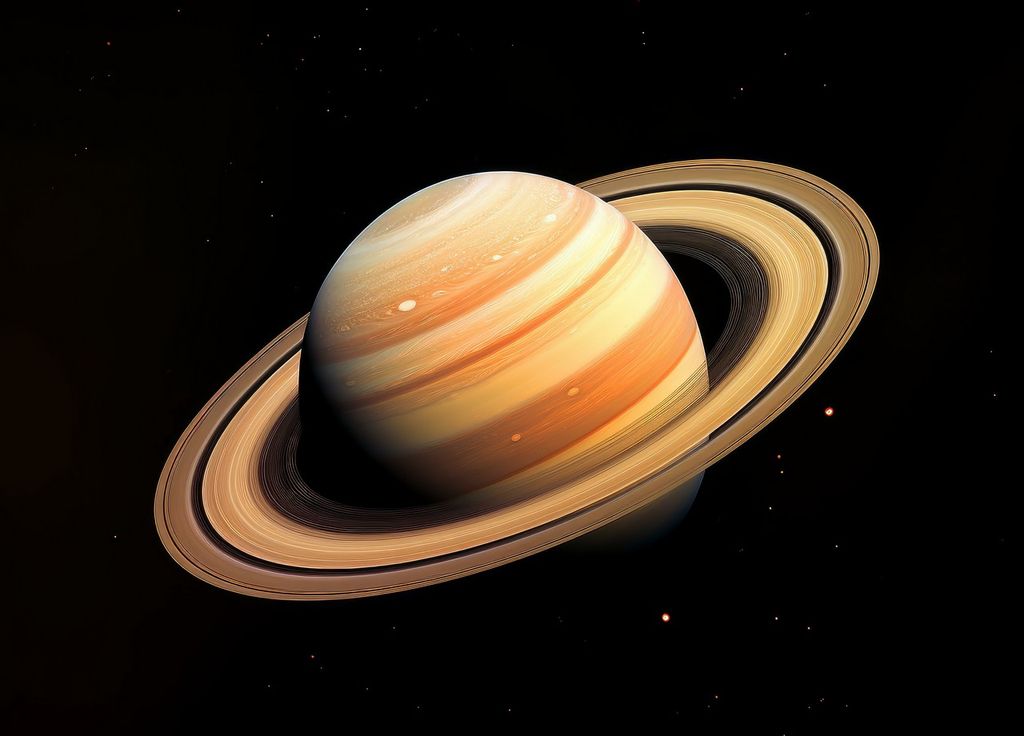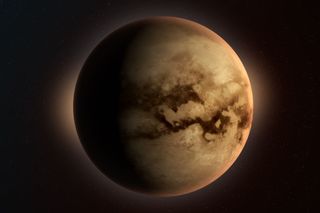Unbelievable: More than a hundred new moons have been discovered orbiting Saturn!
More than 100 new moons have been discovered orbiting Saturn, bringing the total number of natural satellites around the gas giant to more than 200!

On March 11, 2025, American researchers announced the discovery of more than 100 moons orbiting Saturn, but how can we explain why they remained undiscovered for so long?
128 new moons!
The team of Dr. Brett Gladman , an astronomer at the University of British Columbia who specializes in the search for natural satellites around Saturn, made a very unusual discovery when examining the orbit of the ringed planet.
In fact, while it is possible to discover one or more new moons around a planet at the same time, it is rarer to discover more than a hundred.
But a large portion of these moons remained hidden for decades. In 1655, Christian Hyugens discovered the first and largest: Titan. By 1980, the number of satellites discovered around Saturn was "only" 14.
This image provided by NASA captures the transit of several moons across the face of Saturn. The giant orange moon Titan larger than the planet Mercury can be seen at upper right. pic.twitter.com/Nvna9WIdUm
— Domenico (@AvatarDomy) November 14, 2019
It wasn't until the 2000s that astronomers began observing new satellites; for example, 62 new celestial bodies were discovered orbiting the gas giant during the month of May 2023 alone.
It's important to remember that Saturn is more than a billion kilometers from Earth, which makes observing these moons difficult. Especially since most of them are very small, some measuring only a few kilometers in diameter, and with chaotic orbits, far from the beautiful alignment with the equator of Saturn's best-known moons.
Where do so many moons come from?
Several of these moons also orbit in the opposite direction to Saturn's rotation, a very unusual characteristic for a natural satellite, which has earned them the name " irregular moons " and which may well provide clues about their origin.
Saturn has 128 newly-discovered moons. Here they are color-coded by their MPEC release. Orange: MPEC 2025 E153, Purple: MPEC 2025-E154, Green: MPEC 2025-E155. pic.twitter.com/0aO6WXl7Ni
— Tony Dunn (@tony873004) March 12, 2025
In fact, Brett Gladman's team believes that these numerous moons were born from the collision of older, larger satellites, a very common event around the gas giant that also gave rise to its rings, about 400 million years ago.
According to astronomers, the collisions that led to the formation of these new satellites were relatively recent, occurring within the last 100 million years, the equivalent of "last month" on an astronomical scale.
Although information about these new moons is scarce at the moment, their discovery is significant because it sheds new light on the chaotic history of Saturn, but also of our solar system . Furthermore, many more moons could be discovered around the gas giant in the coming years !
News reference:
Espace: what are the 128 new Saturn Mondays? , Geo.fr (14 Mar 2025), Lou Cha bani








